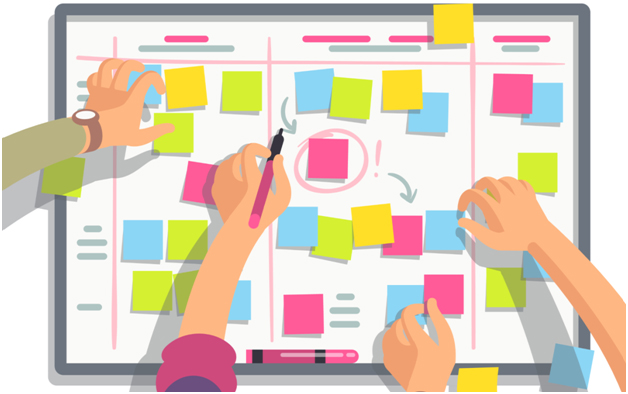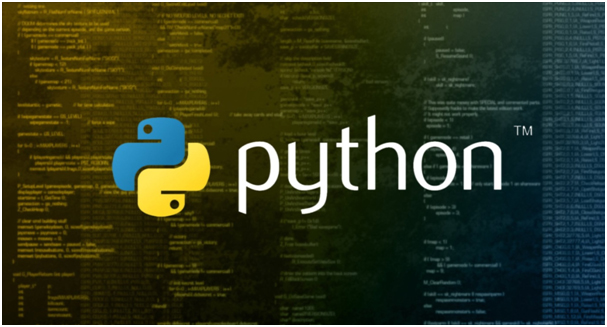
Scrum is a framework that helps teams to work together in an effective manner in order to achieve the best results. It is a set of tools, meetings, and roles that work cordially to remove impediments and assist teams in managing their work productively. The teams operating under scrum are cross-functional to ensure optimum utilisation of time and resources.
Scrum is mostly used by the teams that comprise of three to nine members who divide their work into small tasks that are required to be completed within predefined timeframes. This framework is based on the core notion that promotes holistic product development strategy where teams work as a unit to achieve a common goal. This approach is based on the principle that accepts the inevitability of a customer changing his mind which will lead to unpredictable challenges. Hence, it favours an empirical approach which focuses on maximising the team's ability to adapt to changing the environment (technical advancements, changing needs) and maximising the team’s ability to deliver quickly, over the planned approach.
While scrum is mostly used by the software development teams, the application of its core values and methods in any kind of teamwork promises success.
Key Roles:
A scrum team comprises of three key roles- the product owner, scrum master and development team.1) Product Owner: This role demands an understanding of both the business and engineering aspects of things. The product owner is responsible for studying the customer’s demands and market requirements, preparing the product backlog and then prioritising and guiding the engineering team accordingly. They are in charge of exclusively guiding the team step by step. A scrum team has only one scrum leader so that the team is not under the danger of working under mixed directions.
2) Scrum Master: The key responsibilities of this role involve ensuring that the team is following the agreed processes of Scrum framework and to actively work upon removing the impediments and solving the issues as and when they arise. He helps the product owner in maintaining the product backlog by making sure that the team understands it's work clearly. The scrum master coaches the team so as to ensure delivery of high-quality features of its product while also taking care that the predefined timelines are met. He also promotes self-organization within the team.
3) Development Team: The development teams consist of the people who are responsible for getting the work done. These teams are interdependent and hence are usually co-located to ensure productive and effective work. Ideally, these teams consist of five to seven members and are self-organising. The team members here usually have varying skill sets and cross-train each other so that the absence of one person doesn’t become a hindrance in work. The effective scrum teams approach the work with a “we” attitude as opposed to the “I” approach.
Sprint:
The sprint (or iteration) is of key importance in the Scrum framework. The sprint is a timeboxed effort whose duration is fixed in advance. Every sprint starts with sprint planning where backlogs are defined and ends with a sprint review and sprint retrospective.Daily scrum:
Every day the development team members meet up at a set time and location to discuss how they contributed yesterday towards achieving the sprint goal, what they plan on doing today and if they see any hindrance in achieving that goal.Hence, the scrum guidelines are simple, easy to understand and effective which is what compels one to adopt this framework for their organisation.










Our Services